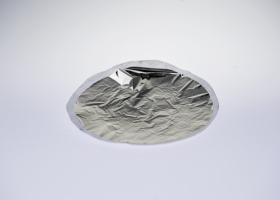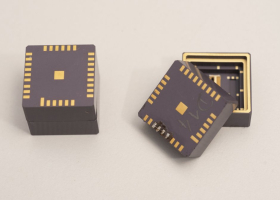
Innovation
Physics regularly contributes to the innovations needed to address major technological, economic and societal challenges. This is why partnership between CNRS Physique and industry - from large companies to SMEs - are constantly intensifying. Research results such as inventions, software or know-how can be the subject of technological transfer, through the creation of start-ups or through licenses to existing companies.


